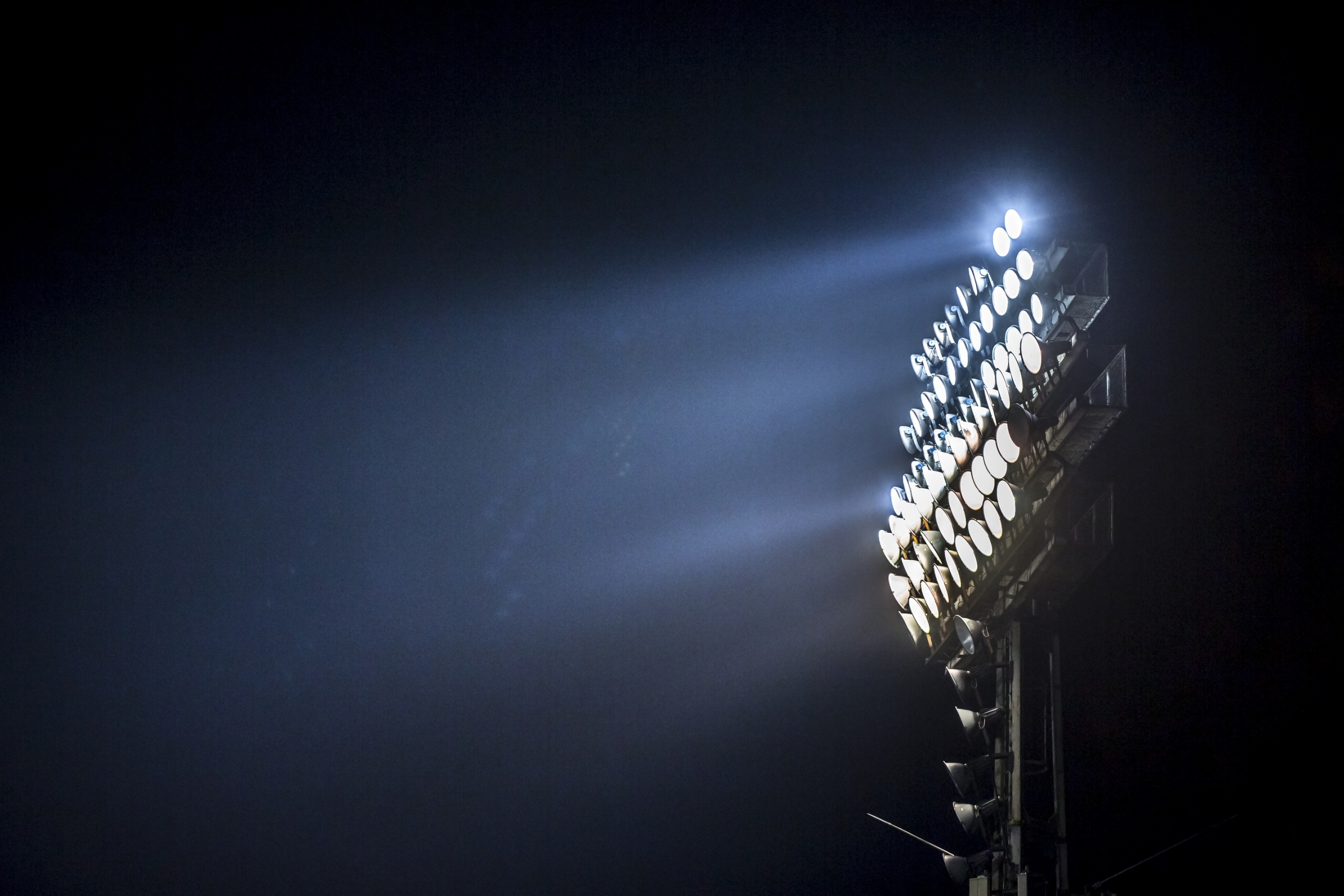Are All LED Flood Lights Equal And The Same?

LED flood lights have become increasingly popular in recent years due to their energy efficiency, long lifespan, and brighter light output compared to traditional lighting technologies. However, not all are created equal. In this article, we will discuss some of the key factors to consider when choosing an LED floodlights for your home or business.
Brightness and Colour Temperature
Brightness is measured in lumens, and the higher the number of lumens, the brighter the light. The colour temperature of the light is measured in Kelvin (K) and refers to the colour of the white light emitted. The lower the Kelvin value, the warmer and more yellow the light appears, (remember yellow sodium street lights?) while higher Kelvin values produce cooler, bluish-white light (think moonlight in a grave yard – shivering already?).
The brightness and colour temperature requirements will depend on the specific application of the light. For example, warm white light (2700K-3000K) may be more suitable for a cosy outdoor gathering such as a pub garden, while cool white light (5000K-6000K) may be more appropriate for security lighting. But not if it is a colour CCTV. That’s a longer story.
Beam Angle And Light Projection
Another important factor to consider is the beam angle. The beam angle determines how wide or narrow the light is spread. A narrow beam angle, around 15-30 degrees, is suitable for specific pin point lighting, while a wider beam angle, around 90 to120 degrees, is better for general illumination. Asymmetric lensing is the best performing flood light (usually) as this provides a more even light uniformity and less eye strain on the users of the space.
Quality Of Light And The CRI – Colour Render Index
High-quality LED lights produce a good “colour” of light output with no flicker or colour distortion of the observed object. Cheaper models may have flickering issues, or produce inconsistent colour temperatures, be very ‘cool’ in the blue grey spectrum which have been shown to have a detrimental effect on your eyes, mood, and general state of mind (Think of moonlight in a graveyard again. Cold, disturbing, and you just want to leave.) not a desirable outcome in the workplace, but it happens in many poor LED installations.
Durability and Lifespan
Durability and lifespan are also crucial factors to consider when choosing. Look for models with high-quality construction, including durable materials such as aluminium and tempered glass. This will ensure that the light can withstand harsh weather conditions and impacts. A longer lifespan with good L70 b urn hours and a serious warranty from a believable source is also essential as many flood lights are installed in inaccessible places requiring expensive equipment to access the luminaire. Buy cheap and you will most likely have to buy and install twice, and that can be a very expensive mistake.
Energy Efficiency In Lighting
Finally, energy efficiency is another crucial factor to consider when choosing. LED lights are known for their energy efficiency, with some models using up to 80% less energy than traditional incandescent flood lights. Look for models with high energy efficiency and compare the stated lumens per watt output of the different flood lights. Some are as low as 110 Lumens per watt and some are as high as 160 Lumens per watt, a major difference when electricity is as expensive as it is today. A more expensive Luminaire may well be far cheaper to run per hour / year than a cheaper inferior product.
Conclusion
In conclusion, not all LED flood lights are created equal. It is important to consider factors such as brightness and colour temperature, beam angle, quality of light, durability, lifespan, and energy efficiency when selecting a model for your home or business.
We are here to help, just ask.








